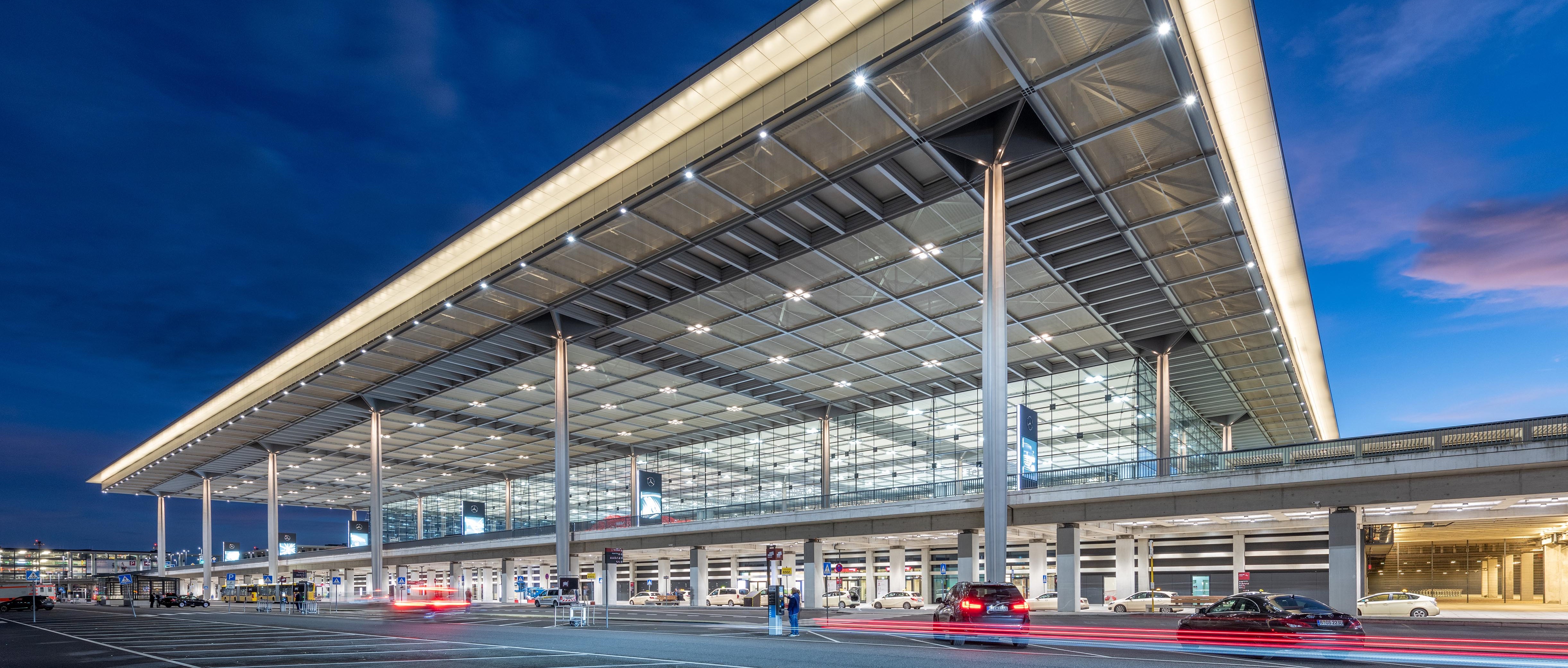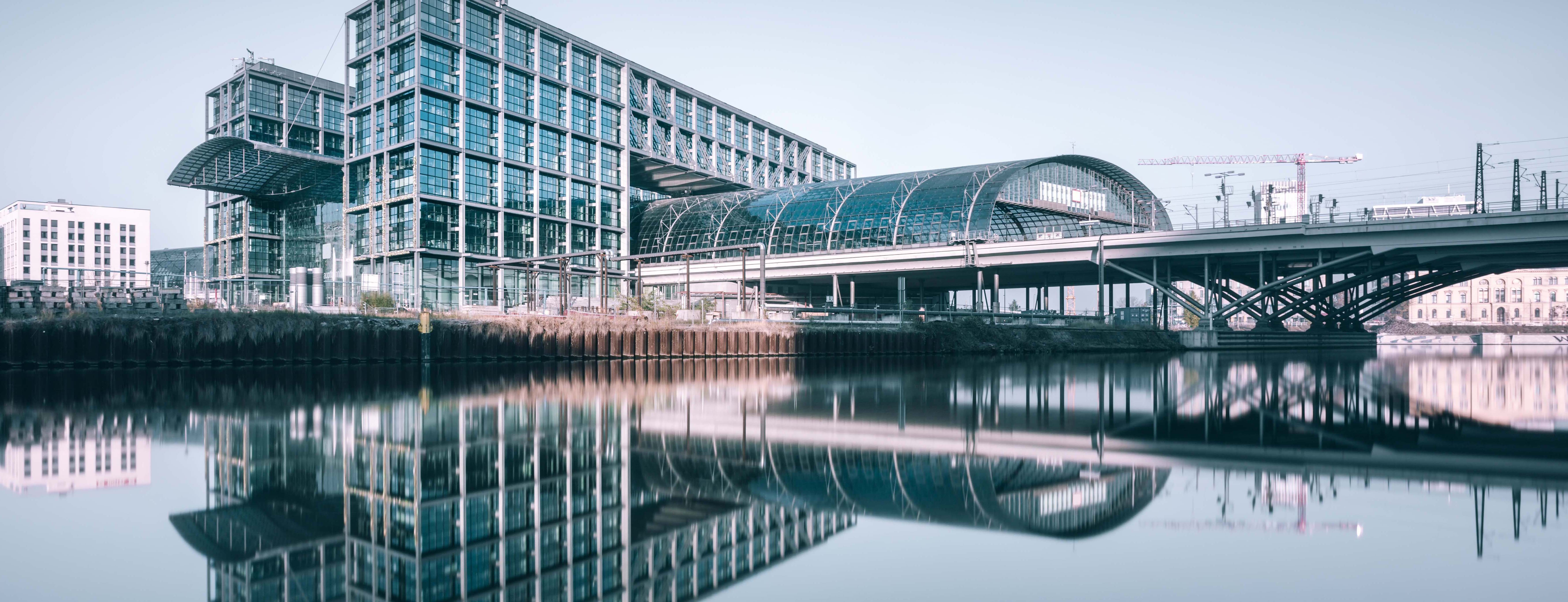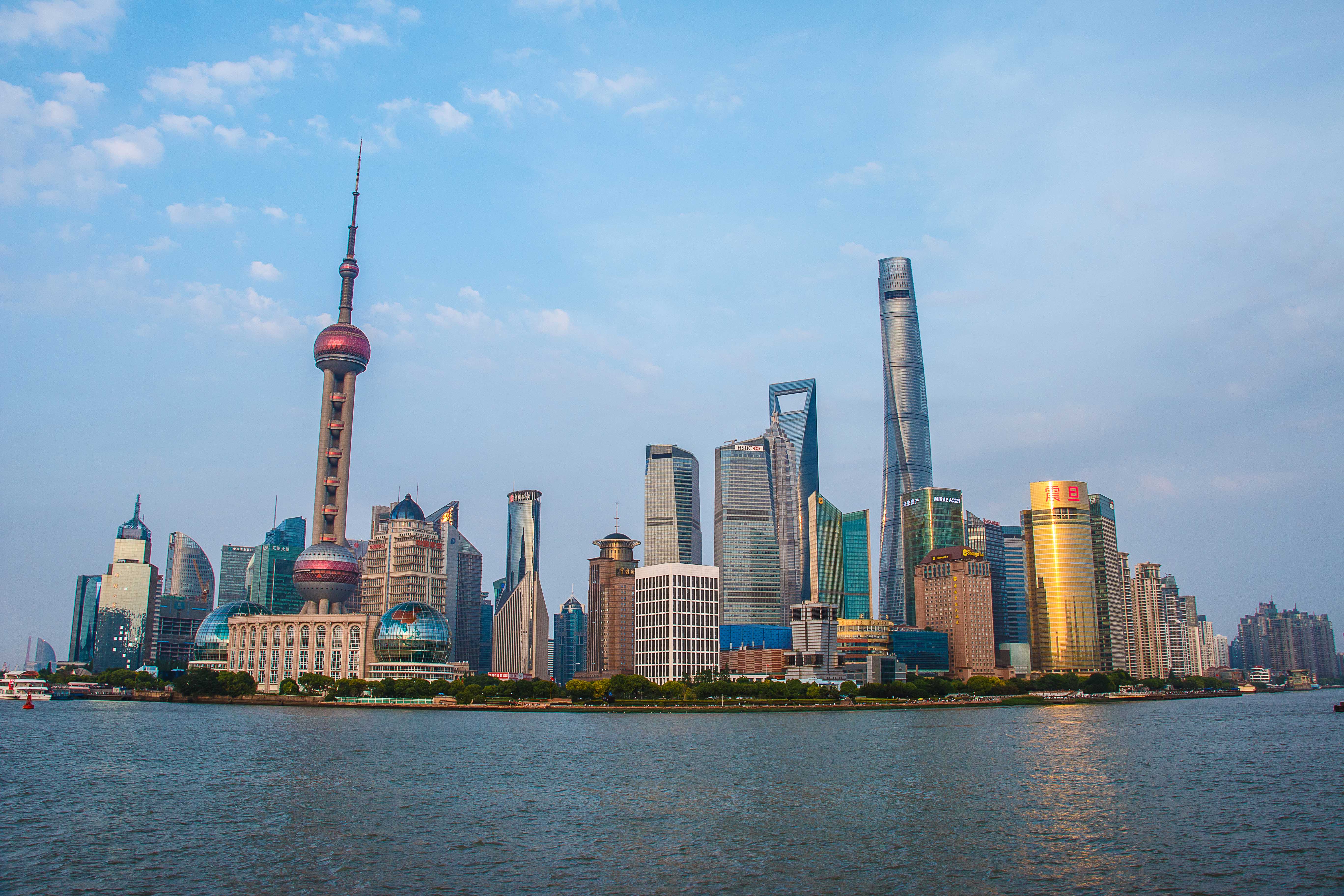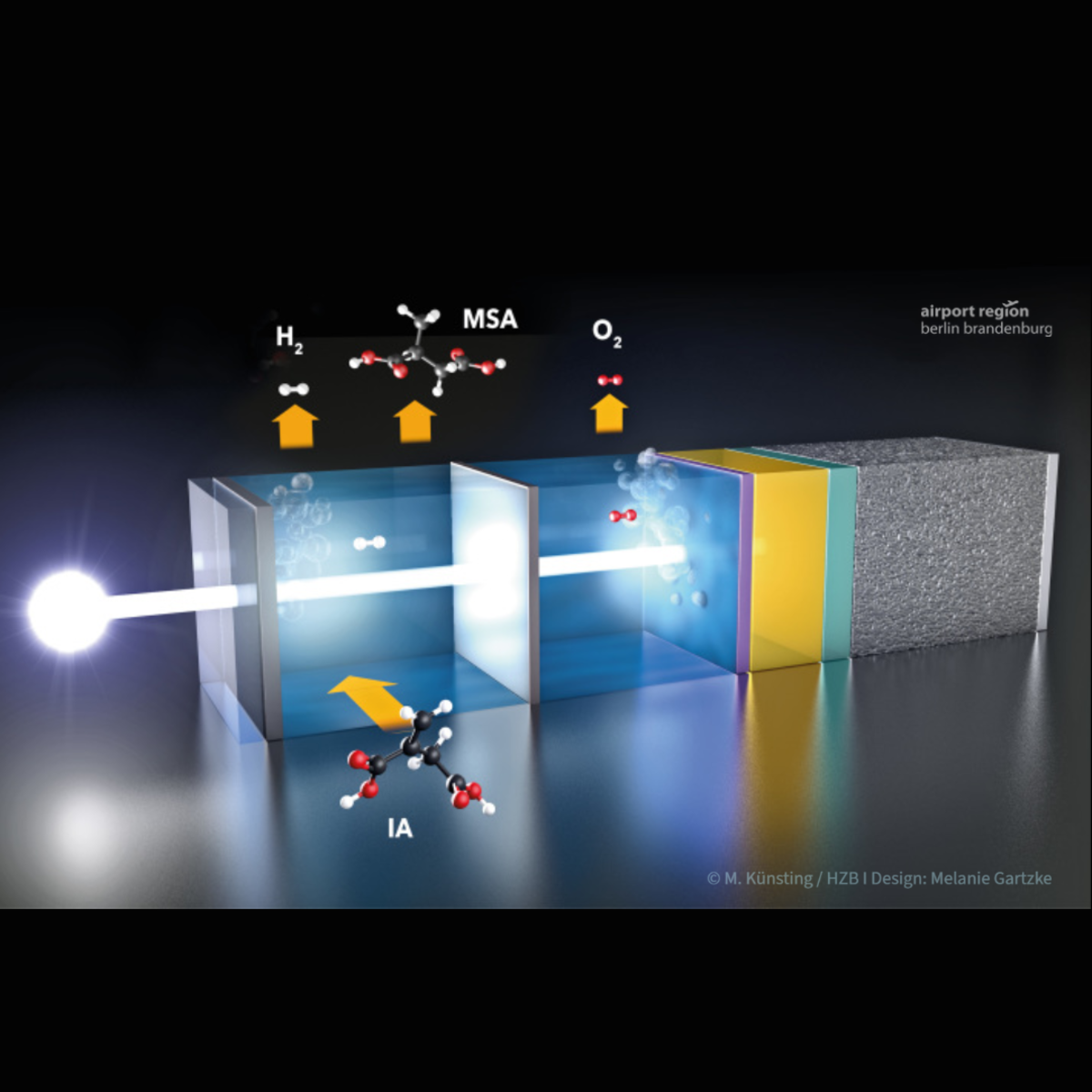Ideal location assets and innovative growth
A dynamic economic region stretching from the busy Berlin environs to the south of the city and right up to the municipalities around Berlin Brandenburg Airport (BER) – this is the Airport Region Berlin Brandenburg. Its excellent infrastructure, first-class business locations, innovative technology centers and motivated skilled workforce make it an ideal company location. Be it global corporations, medium-sized companies or startups – the company landscape of the Airport Region Berlin Brandenburg is just as diverse as the industries represented here.
Dynamic economic development
The Airport Region Team is a cooperation of the two business development agencies, Berlin Partner for Business and Technology and the Economic Development Agency Brandenburg (WFBB) and is focused on economically strengthening the region around Berlin Brandenburg Airport (BER). With headquarters directly at BER Airport, we are the first point of contact for companies interested in opening new branches or offices in the region.
Our close cooperation with the respective industry experts of each economic development agency means that we can support you with all your questions regarding company expansions and settlements.
Green hydrogen
Sunlight can be used to produce green hydrogen directly from water in photoelectrochemical (PEC) cells. So far, systems based on this "direct approach" have not been energetically competitive. However, the balance changes as soon as some of the hydrogen in such PEC cells is used in-situ for a catalytic hydrogenation reaction, resulting in the co-production of chemicals used in the chemical and pharmaceutical industries. The energy payback time of photoelectrochemical "green" hydrogen production can be reduced dramatically, the study shows.
Hydrogen can be produced by electrolysis of water, ideally with solar cells or wind power providing the electrical energy required. This "green" hydrogen is expected to play an important role in the energy system of the future. Over the past decade, solar water splitting has made considerable progress: the best electrolysers, which draw the required voltage from PV modules or wind power, already achieve efficiencies of up to 30%. This is the indirect approach.
The direct approach
At the HZB Institute for Solar Fuels, several teams are working on a direct approach to solar water splitting: they are developing photoelectrodes that convert sunlight into electrical energy, are stable in aqueous solutions, and catalytically promote water splitting. These photoelectrodes consist of light absorbers that are intimately coupled to catalyst materials to form the active component of a photoelectrochemical cell (PEC). The best PEC cells based on low-cost and stable metal oxide absorbers already achieve efficiencies close to 10%. Although PEC cells are still less efficient than PV-driven electrolyzers, they also have important advantages: in PEC cells, for example, the heat from sunlight can be used to further accelerate the reactions. And because current densities are ten to a hundred times lower with this approach, it is possible to use abundant and very inexpensive materials as catalysts.
Not yet competitive
So far, techno-economic analyses (TEA) and net energy assessments (NEA) have shown that the PEC approach is not yet competitive for large-scale implementation. Hydrogen from PEC systems today costs about 10 USD/kg, about 6 times more than hydrogen from fossil methane steam reforming (1.5 USD/kg). Moreover, the cumulative energy demand for PEC water splitting is estimated to be 4 - 20 times higher than for hydrogen production with wind turbines and electrolysers.
The idea: co-production of valuabe chemicals
"This is where we wanted to bring a new approach," says Dr Fatwa Abdi from the HZB Institute for Solar Fuels. Within the framework of the UniSysCat excellence network collaboration between Prof Reinhard Schomäcker and Prof Roel van de Krol, Abdi's group investigated how the balance changes when some of the hydrogen produced reacts further with itaconic acid (IA) in the same reactor (in situ) to form methyl succinic acid (MSA).
Energy payback times
They first calculated how much energy is needed to produce the PEC cell from light absorbers, catalyst materials and other materials such as glass, and how long it has to function to produce this energy in the form of chemical energy as hydrogen or MSA. For hydrogen alone, this 'energy payback time' is around 17 years assuming a modest 5% solar-to-hydrogen efficiency. If only 2% of the hydrogen produced is used to convert IA into MSA, the energy payback time is halved, and if 30% of the hydrogen is converted into MSA, the production energy can be regained after just 2 years. "This makes the process much more sustainable and competitive," says Abdi. One reason: the energy needed to synthesise MSA in such a PEC cell is only one-seventh of the energy need of conventional MSA production processes.
A flexible system
"The system is flexible and can also produce other valuable chemicals that are currently needed at the site," explains Abdi. The advantage is that the fixed components of the PEC unit, which account for most of the investment costs, remain the same; only the hydrogenation catalyst and the feedstock need to be exchanged. "This approach offers a way to significantly reduce the production cost of green hydrogen and increases the economic feasibility of PEC technology," Abdi says. "We have carefully thought through the process, and the next step is to test in the laboratory how well the simultaneous production of hydrogen and MSA works in practice."
Fusion of tradition and innovation
The fusion of tradition and innovation is evident in the thriving manufacturing sector in the German capital region, where a dynamic mix of traditional companies, thriving startups and renowned research institutions creates fertile ground for businesses. This results in remarkable prospects for Industry 4.0, additive manufacturing, the electrical industry, mechanical and plant engineering, plastics production, metal processing, in the chemical and food industries.
The companies in these valued "classic" industries occupy a key position in the further development of cutting-edge technologies and the promotion of networked suppliers in the capital region.
For more information on the economic development of the region's growth industries, business and technology support for companies, investors and scientific institutions, please contact:
Melanie Gartzke I melanie.gartzke(at)airport-region.de
Source: PM "Green hydrogen: How photoelectrochemical cells may become competitive" - Helmholtz-Zentrum Berlin (HZB), March 20, 2023

Jorge Guillen | Pixabay
Interviews with the partners of our brand alliance.
Our brand alliance partners, experienced and long-standing players in the Airport Region Berlin Brandenburg, gave us short interviews in which they explained their views on the region's development potential and its locational advantages. They also gave us an insight into their future projects and plans.

Anke Müller
Berlin Brandenburg Airport (BER) is the heart of the Airport Region Berlin Brandenburg and its gateway to the world. Many companies consider the direct connections between economic markets and growth industries as significant success factors and location assets. With flights to over 130 destinations the international BER airport connects the capital region with cities in Europe, Asia, and North America. Not least it offers shorter flight times to Asian destinations compared to e.g. Paris and London.
In addition to our flight route map, you will find a PDF list of all current flight connections.
Note: All information without warranty










![[Translate to Englisch:] [Translate to Englisch:]](/fileadmin/user_upload/Bilder/Startseite/Gebaeude_Airport_Region.jpg)


